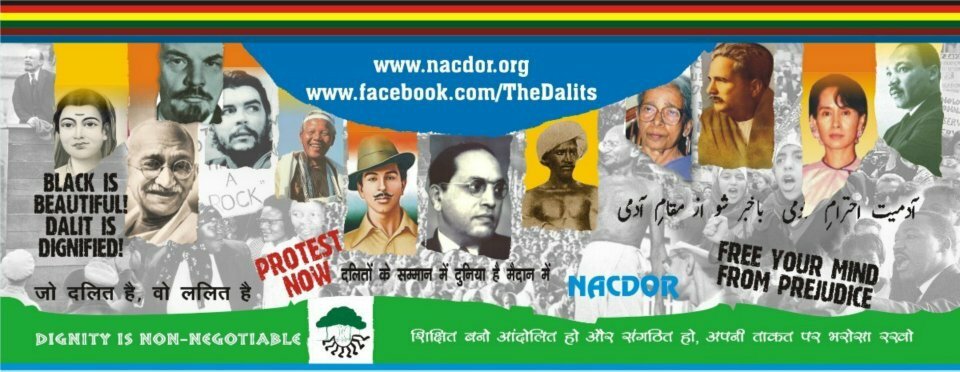Social Inclusion: The way ahead
The chief feature of any democratic society is to respect and value each and every human being for the intrinsic value of being human. This demands doing away with all the discriminatory practices emanating from the biases against caste, tribe and gender and starting appreciating inclusion of the others.
The problem can be tackled at two levels; (1) At the Level of Ideas (2) At the Level of Constitutional Democracy
1-At the Level of Ideas
Rules and procedures are not inherently Caste and Tribe ascriptive, but as noted they reproduce caste-tribe norms, practices and inequalities through their organisation. Thus, the primary task is to inculcate critical thinking for understanding the nature of institutions embodying certain unequal discriminatory rules and practices that survive because they serve the interest of few powerful caste members at the expense of many.
2-At the Level of Constitutional Democracy
Constitutional Democracy arms the citizen with Acts, Laws and Statutes that can protect an individual from any discriminatory practices followed by any public institution, citizenry as well the formal laws and Acts of the Constitution.
India needs to re-emphasize affirmative action policies, which over a period of more than 60 years have provided the framework for Social Inclusion, which is, perhaps, without parallel in scale and dimension in human history. It has to persuade its citizens to effect fundamental social, economic and political change through the processes of inclusive programming.

